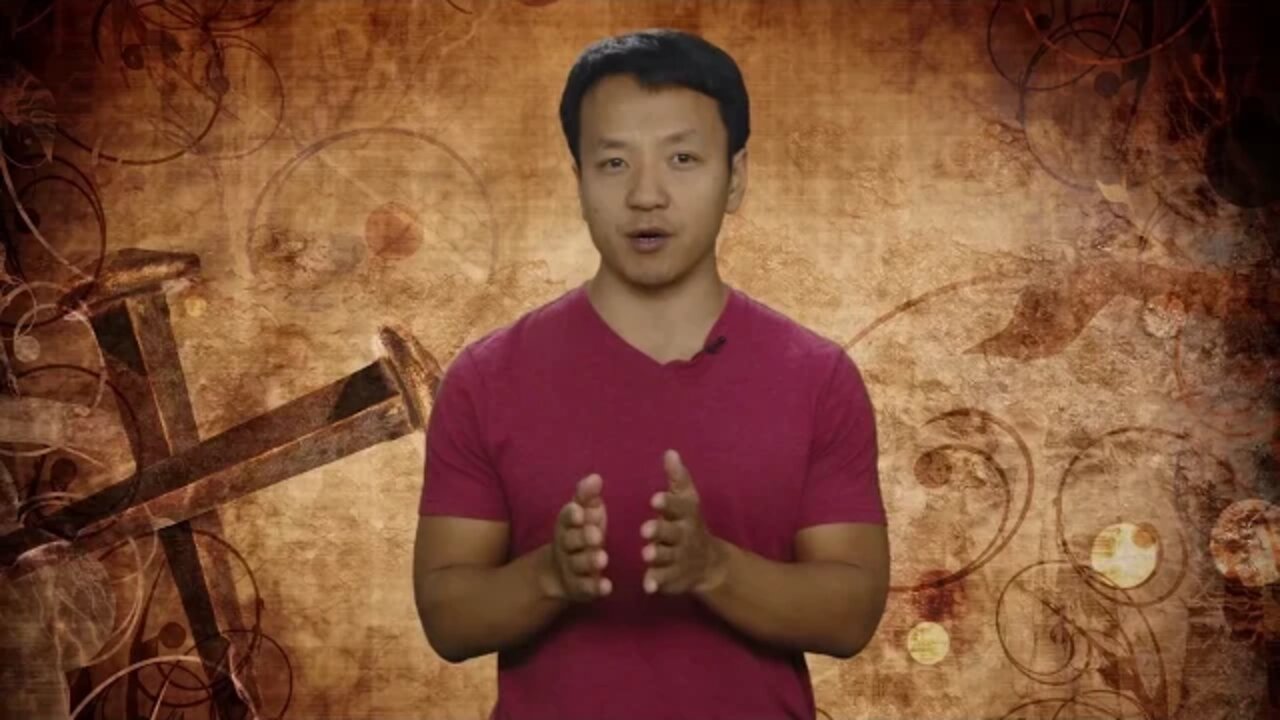Premium Only Content

Do Plants Have Feelings, Can They Read Our Minds?
The notion that plants are capable of feeling emotions was first recorded in 1848, when Dr. Gustav Theodor Fechner, a German experimental psychologist, suggested that plants are capable of emotions and that one could promote healthy growth with talk, attention, attitude, and affection.
Indian scientist Sir Jagadish Chandra Bose, from Bengal, began to conduct experiments on plants in the year 1900. He found that every plant and every part of a plant appeared to have a sensitive nervous system and responded to shock by a spasm just as an animal muscle does. In addition Bose found that plants grew more quickly amidst pleasant music and more slowly amidst loud noise or harsh sounds. He also claimed that plants can "feel pain, understand affection etc.," from the analysis of the nature of variation of the cell membrane potential of plants under different circumstances. According to him, a plant treated with care and affection gives out a different vibration compared to a plant subjected to torture.
One visitor to his laboratory, the vegetarian playwright George Bernard Shaw, was intensely disturbed upon witnessing a demonstration in which a cabbage had "convulsions" as it boiled to death. Bose found that the effect of manures, drugs, and poisons could be determined within minutes, providing plant control with a new precision. He repeated his tests on metals, administering poisons to tin, zinc, and platinum, and obtained astonishing responses which, when plotted on a graph, appeared precisely like those of poisoned animals. In conclusion he said: "Do not these records tell us of some property of matter common and persistent? That there is no abrupt break, but a uniform and continuous march of law?
Influenced by Bose's experiments, in the 1960s Cleve Backster, an Interrogation Specialist with the CIA, conducted research that led him to believe that plants can communicate with other lifeforms. Backster's interest in the subject began in February 1966 when he tried to measure the rate at which water rises from a philodendron's root into its leaves. Because a polygraph or 'lie detector' can measure electrical resistance, which would alter when the plant was watered, he attached a polygraph to one of the plant's leaves. Backster stated that, to his immense surprise, "the tracing began to show a pattern typical of the response you get when you subject a human to emotional stimulation of short duration".
-
 4:54
4:54
Beyond Science
1 year ago $1.99 earnedHypatia, The Most MYSTERIOUS Stone in the Solar System
16.7K7 -
 50:54
50:54
Candace Show Podcast
4 hours agoBecoming Brigitte: Gaslighting The Public | Ep 1
103K124 -
 LIVE
LIVE
Right Side Broadcasting Network
8 hours agoLIVE: President Trump Holds Press Conference with Israeli PM Benjamin Netanyahu - 2/4/25
14,963 watching -
 LIVE
LIVE
Edge of Wonder
3 hours agoInception Is Real: How Ads Are Showing Up in Our Dreams
85 watching -
 LIVE
LIVE
LFA TV
7 hours agoThe Trade War Ends | TRUMPET DAILY 2.4.25 7pm
340 watching -
 LIVE
LIVE
Quite Frankly
7 hours ago"Capitol Hill Headlines & The Utah Case" ft Lauren Conlin, The Zells 2/4/25
1,103 watching -
 LIVE
LIVE
The Big Mig™
13 hours agoKiller of Men To Healer of Men Dr. Joe Bannon
2,033 watching -
 LIVE
LIVE
Chrissy Clark
1 hour agoUSAID’s Corruption, DC Airport Workers ARRESTED, & Ibram X Kendi Canceled?! I Underreported Stories
287 watching -
 17:59
17:59
The Gun Collective
4 hours agoNEW GUNS THAT JUST CAME OUT!
3.06K2 -
 8:36
8:36
RealitySurvival
5 hours agoHow To Protect Your Solar Panels and Inverter From an EMP or CME!
1.98K